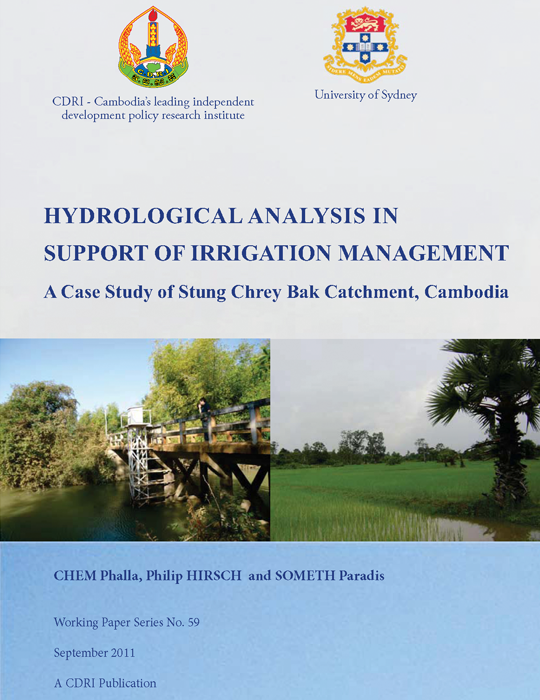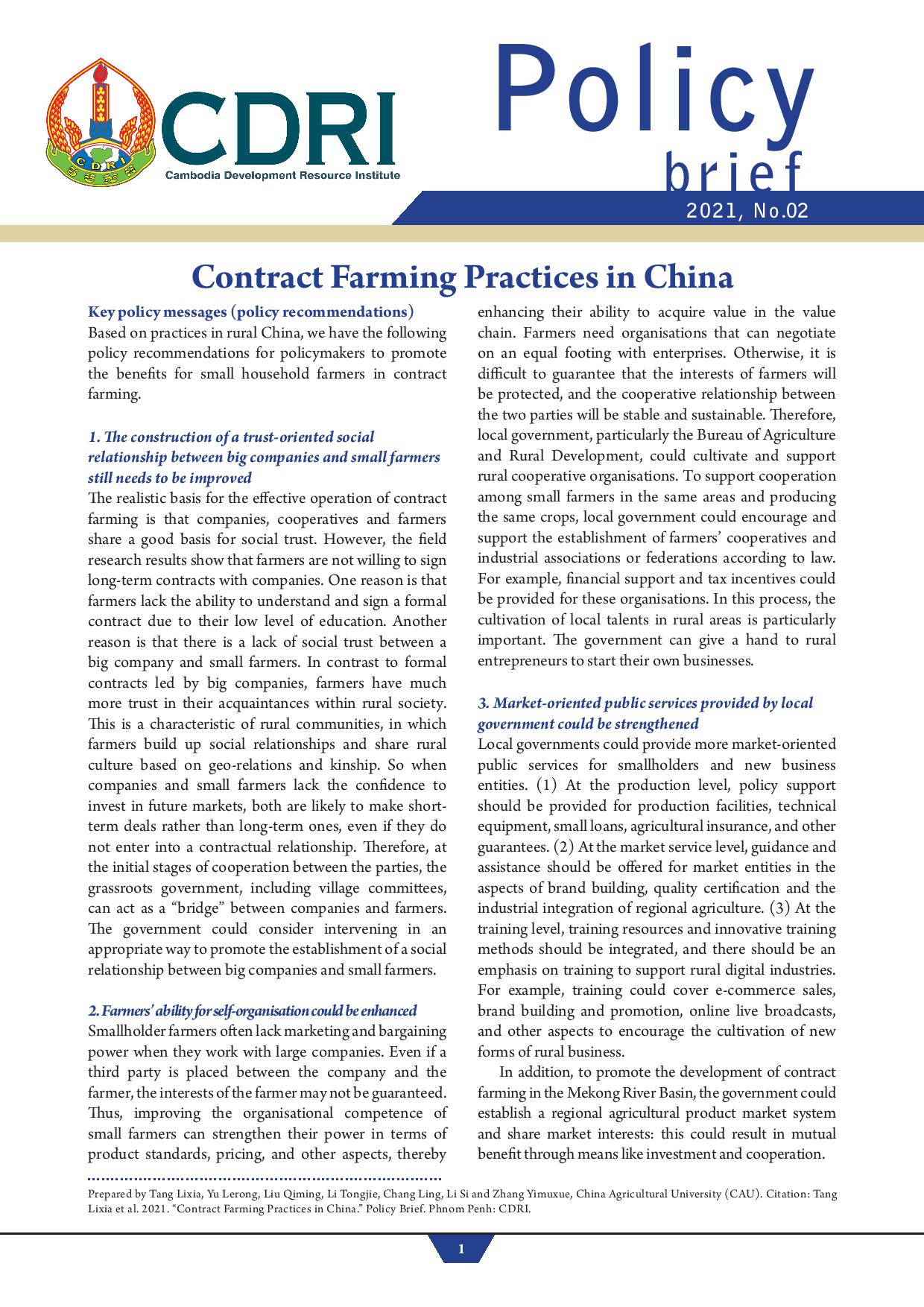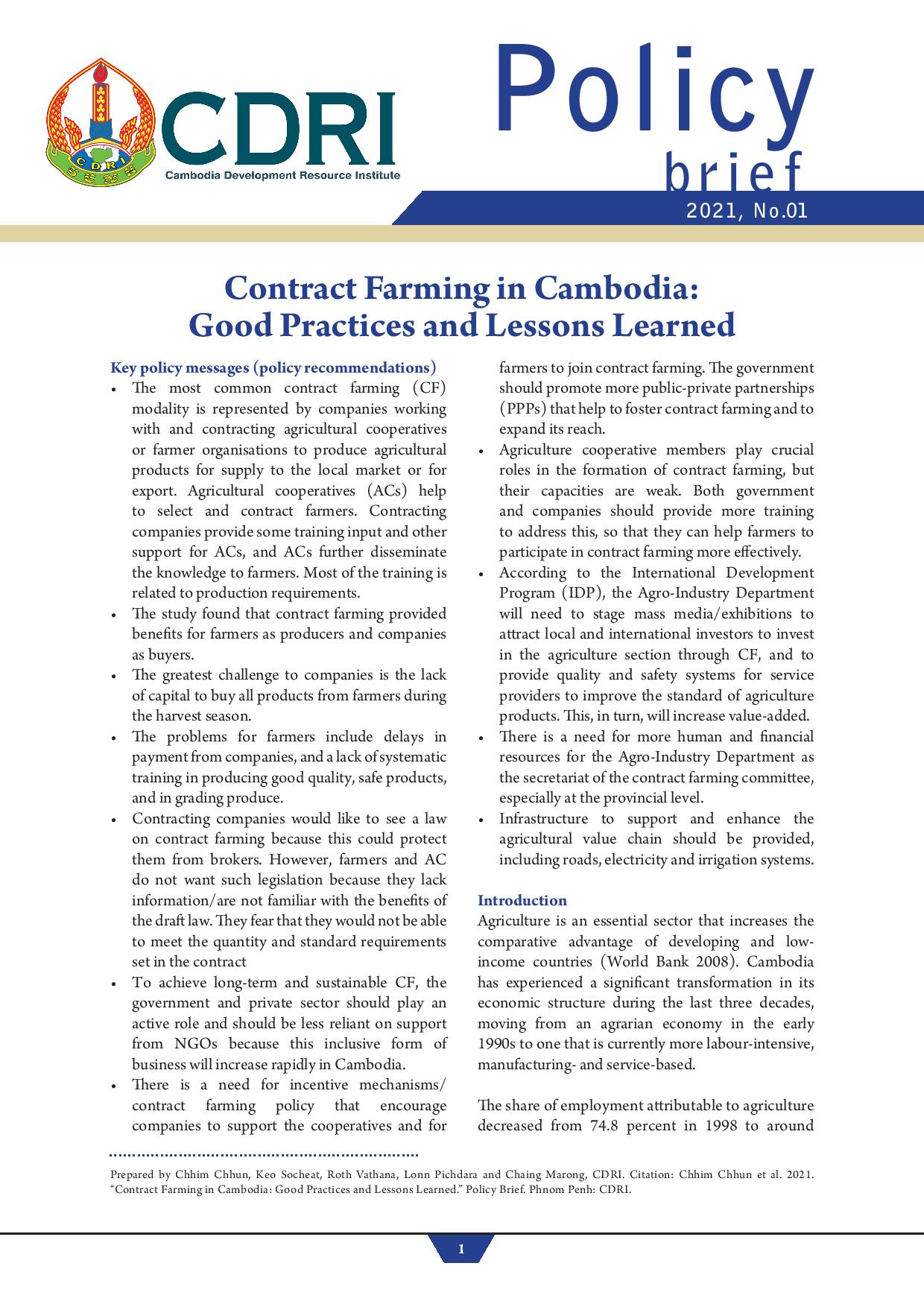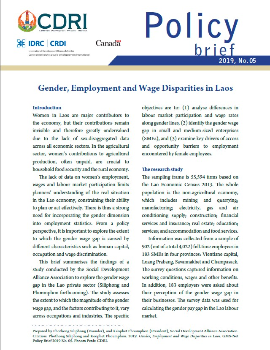
Hydrological Analysis in Support of Irrigation Management: A Case Study of Stung Chrey Bak Catchment, Cambodia
Keyword: Irrigation management, hydrological modelling, water evaluation and planning, environmental in-stream flow, Stung Chrey Bak catchment
Abstract/Summary
This study applies the Water Evaluation and Planning (WEAP) model to assess irrigation management in the Stung Chrey Bak catchment, Cambodia. It evaluates three scenarios—reference, 5 percent annual increase in irrigation demand, and additional reservoir storage—to explore sustainable water allocation strategies. The catchment supports 10,367 hectares of rice cultivation, with increasing pressure on water resources due to expanded dry season farming. The analysis reveals that while current stream flow can meet irrigation needs under existing conditions, unmet demand arises when environmental in-stream flow (e-flow) and other sectoral water uses are considered. The study finds that expanding irrigated areas beyond 12,000 hectares risks significant water shortages, especially in March and June. Reservoir storage in scheme 5 offers limited relief due to topographical constraints. The findings highlight the importance of harmonised crop planning between upstream and downstream users and the need for improved infrastructure and governance. The study recommends limiting irrigated areas to 10,000 hectares when e-flow is prioritised and emphasises the role of hydrological modelling in informed water resource planning.
DOI: https://doi.org/10.64202/wp.59.201109



